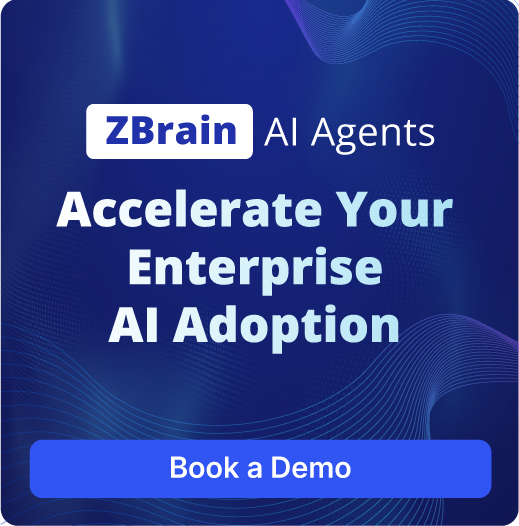
Competitor Financial Reports Summary Agent
Automates the summarization of financial documents, delivering clear, executive-ready reports for faster, data-driven decisions.

Budget Review Assistance Agent
Assists in departmental budgets' review for alignment, efficiency, and strategic justification.

Competitor Financial Reports Summary Agent
Automates the summarization of financial documents, delivering clear, executive-ready reports for faster, data-driven decisions.

Budget Review Assistance Agent
Assists in departmental budgets' review for alignment, efficiency, and strategic justification.
Optimize Financial Planning and Performance with ZBrain AI Agents for Plan to Results
ZBrain AI Agents for Plan to Results enhance financial management by automating crucial processes such as expense tracking, financial reporting, and performance analysis. Tailored to address the ever-evolving needs of financial departments, these AI agents boost operational efficiency, accuracy, and agility. By utilizing ZBrain AI agents, finance teams can simplify the complexities of budget management, ensuring precise resource allocation and real-time tracking of expenditure patterns. This reduces the risks associated with manual data entry and offers valuable insights that guide informed financial decision-making. The flexibility of ZBrain AI agents allow them to seamlessly integrate with existing financial systems, optimizing tasks such as data aggregation, variance analysis, and report generation. These agents excel at producing comprehensive financial reports, ensuring compliance with industry standards, and identifying emerging trends to inform strategic financial planning. By automating routine data-processing tasks, ZBrain AI enables finance professionals to focus more on high-impact strategic initiatives that drive business growth and innovation. This combination of AI technology and financial expertise empowers organizations to meet their financial goals with precision and confidence.

